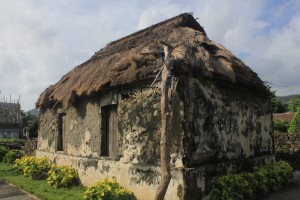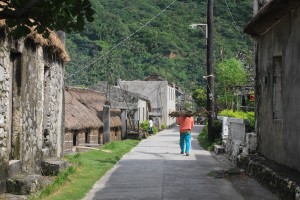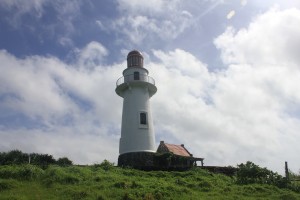WHEN I FIRST THOUGHT of Batanes, I imagined high, stern cliffs and empty fields. I thought of wind. I heard of a town where people still use dried fish as currency instead of pesos. Thinking it would be cold, I wore a knit cap in anticipation.
When Filipinos say Batanes is the most remote island region in the Philippines, they’re not just talking about its faraway location. Cast in the middle of the South China Sea’s typhoon corridor, the weather plays a factor in Batanes’ isolation more often than its middle-of-nowhere coordinates. But it’s also remote in a deeper way: Filipinos observe that the world of Batanes is “Filipino” by definition, but also very foreign–perhaps the most alluring kind of remoteness.






